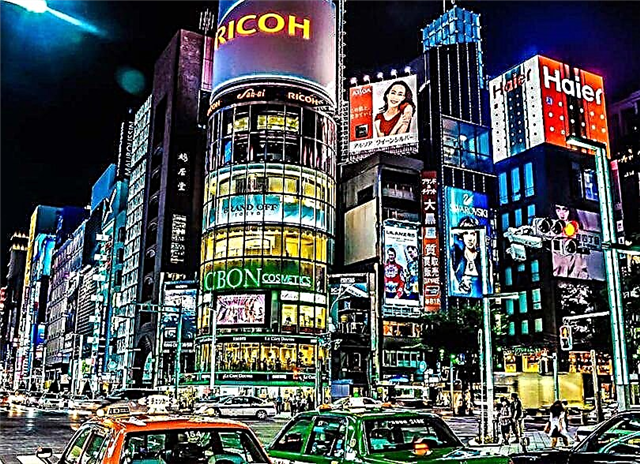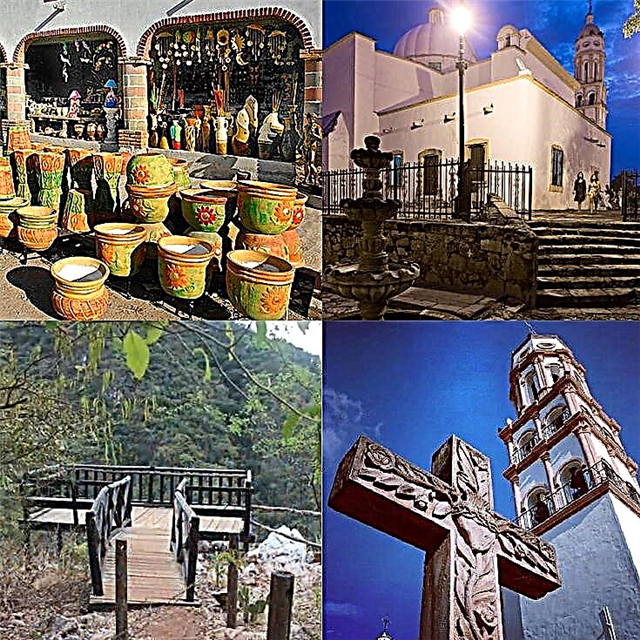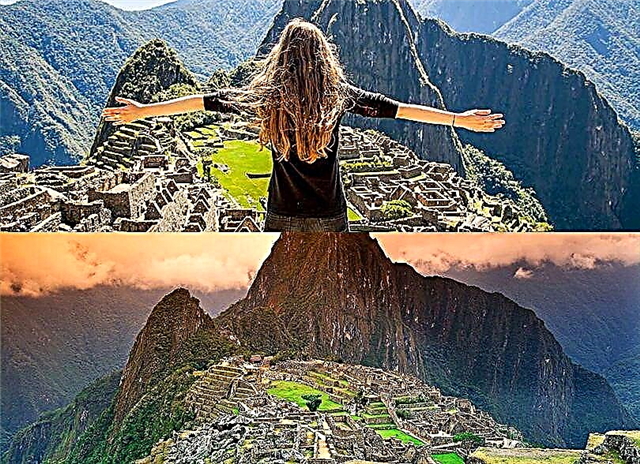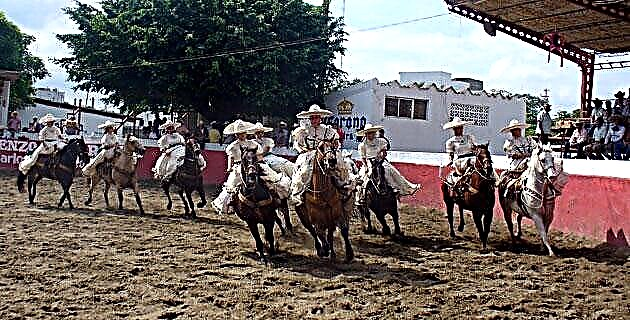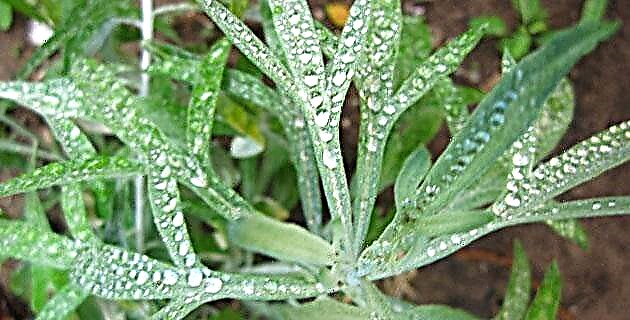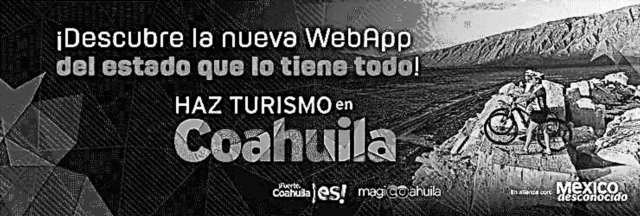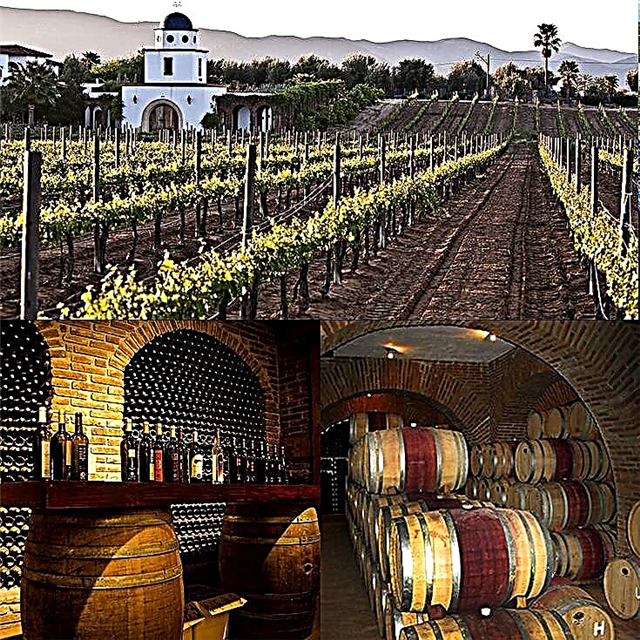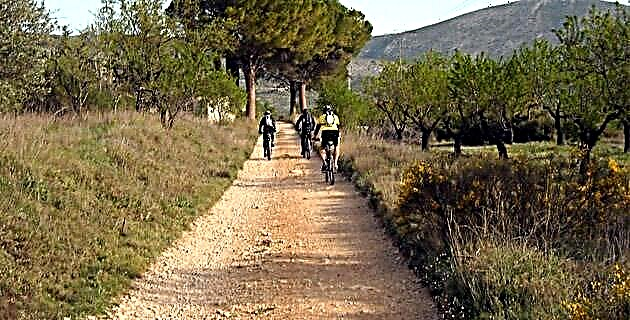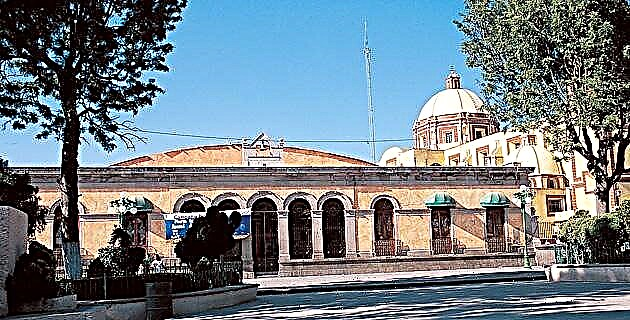
Waiting for the visitor, very close to the cities of Mexico and Puebla, is the capital of Tlaxcala, tiny in size but enormous in its attributes.
We start the tour of Tlaxcala from its main square, which is surrounded by hundred-year-old trees that offer their welcoming shade to passersby; In the center of the square there is a small kiosk and an octagonal fountain that King Felipe IV gave at the end of the 17th century as a recognition to the Tlaxcalans for their participation in the conquest of Mexico.
In front of the square is the old Royal House, which once served as a residence for Hernán Cortés and several viceroys, and which currently houses the Government Palace. This superb two-level construction was erected in 1545. Its central façade and the arches of the second floor are made of quarry carved with floral motifs, which stand out from the rest of the construction covered with bricks and plasterwork with the traditional colors of Tlaxcala: red and white .
Tlaxcala is the capital of the state of the same name, by the way the smallest in the Mexican Republic. It is a city in which the care of both its authorities and its inhabitants is perceived at every step to preserve the harmony of the environment: impeccable streets, gleaming colonial monuments and an atmosphere of luminous provincial tranquility. On one side of the Government Palace are the Municipal Palace, with a spectacular facade of three quarry arches carved with indigenous themes, and the City Hall, with its colorful postcards in perfect harmony with the rest of the architectural complex.
The parish of San José, on the other side of the square, was built in the 16th century and rebuilt in the 18th century, as an earthquake destroyed the original dome and walls. Today it boasts a single tower and a beautiful brick and talavera tile facade. In its interior important artistic works of the Colony are preserved. At the entrance of the temple there are two fonts of holy water, one of which was raised on part of a monument dedicated to Camaxtli, the Tlaxcala god of war.
The Tlaxcala Palace of Justice occupies the old Capilla de Indios. On its baroque façade, two shields alluding to the Spanish empire were sculpted. This building is very close to the Legislative Palace, where the Mesón Real used to be, which was rescued from oblivion and successfully restored just two decades ago.
Another notable building is the Xicoténcatl Theater, inaugurated in the 19th century. In that enclosure, the first anniversary of the Battle of Puebla was commemorated in 1863. In its interior ceiling, the paintings of the nine muses stand out in the art nouveau style.
Also worthy of a visit are the 19th century mansion that today houses the Secretariat of Tourism and the Palace of Culture, built in 1939, as well as the remains of the old Hospital de la Encarnación dating from 1537 and which was created to contain the spread of the great epidemics that decimated the indigenous population.
A few streets away from the Palace of Culture, in front of the atrium of the La Asunción convent, is the Jorge “Ranchero” Aguilar Bullring, home to important national and international bullfighting events.
It is said that it was the Franciscan missionaries, in the 16th century, who carried out the urban layout of Tlaxcala, which by the way is still preserved. In just twenty years, the main civil buildings were erected, the convent of San Francisco and the temple of San José, unique in the country because it was built outside the main square, since it was intended for the Tlaxcala nobles and not for the newly Spanish. arrived.
If you come to Tlaxcala, make a stop at the Tlaxyacan Art Gallery, you will not regret it. And if you want to be in contact with nature without leaving the city, visit the botanical garden, located on the old royal road to Ixtulco.
Under an intense blue sky, Tlaxcala, the first city in the interior of New Spain (founded between 1522 and 1525) is a haven of peace that takes us by the hand until the 16th century, when Bernal Díaz del Castillo wrote: “Tlaxcala is great and beautiful and in it live the nobles who came from Spain to conquer Mexico "

